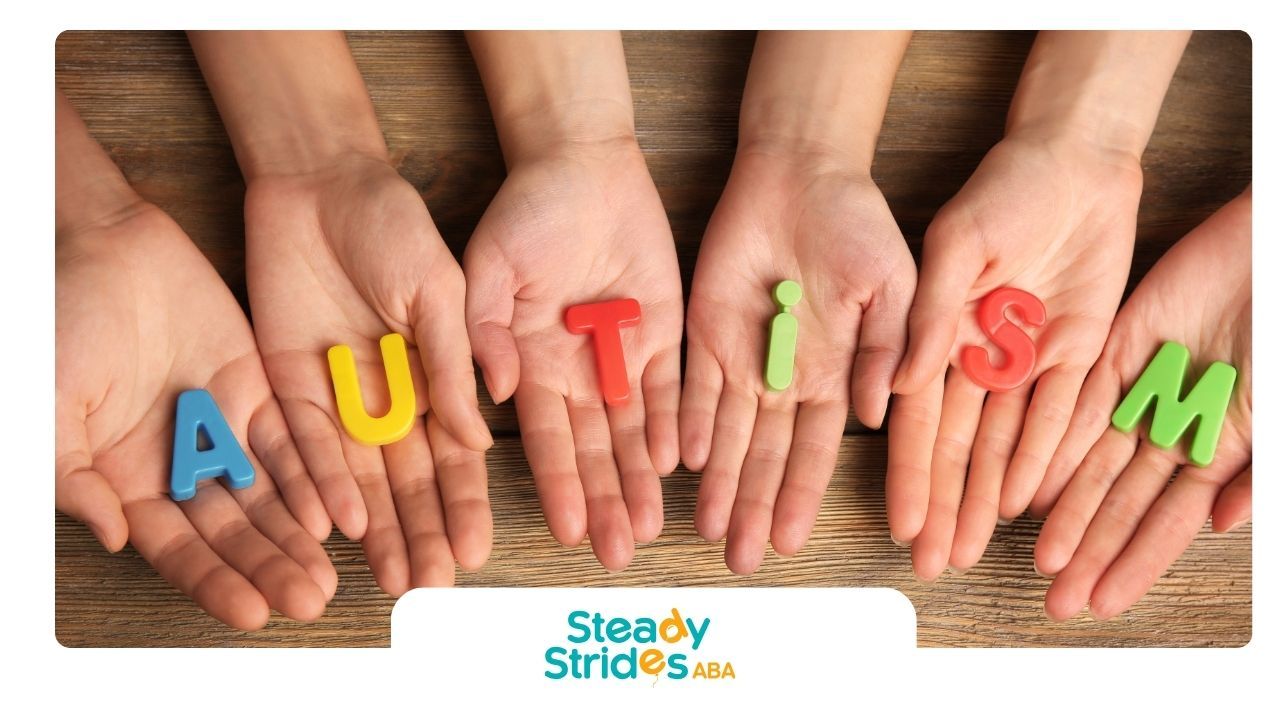The portrayal of autism in media has been a topic of much debate and discussion. From TV shows to movies, the way autistic characters are represented can significantly impact public perception and understanding of autism. One character that has recently sparked conversation is Martha from the acclaimed play "Baby Reindeer." In this blog, we delve into the nuances of Martha's character, examining whether she is portrayed as autistic and what this representation means for the broader conversation about autism in media.
Understanding Autism: A Brief Overview
Before we delve into Martha's character, it's essential to have a basic understanding of autism. Autism Spectrum Disorder (ASD) is a neurodevelopmental condition characterized by differences in communication, social interaction, and behavior. It is called a "spectrum" because it encompasses a wide range of abilities and challenges. Some individuals with autism may require significant support, while others may live independently.
Autism is often associated with specific traits, such as difficulty with social interactions, repetitive behaviors, and a strong preference for routines. However, it's crucial to remember that each autistic person is unique, with their own strengths and challenges.
Media Representation of Autism
The media plays a significant role in shaping public perception of autism. Positive and accurate portrayals can increase understanding and acceptance, while inaccurate or stereotypical representations can perpetuate myths and misconceptions. Over the years, there have been numerous portrayals of autistic characters in movies and TV shows, some more accurate than others.
Characters like Raymond Babbitt from "Rain Man" and Sam Gardner from "Atypical" have brought autism into the mainstream consciousness. However, these portrayals often focus on specific traits, such as exceptional memory or social awkwardness, which do not represent the full spectrum of autism. This can lead to a narrow and sometimes misleading understanding of what it means to be autistic.
Martha from Baby Reindeer: An Analysis
"Baby Reindeer" is a gripping play that tells the story of Richard Gadd's real-life experiences with a stalker named Martha. The play has been praised for its raw and unflinching portrayal of the impact of stalking on its victims. Martha, as a character, is complex and multifaceted, displaying behaviors that some might associate with autism.
Martha's obsessive behavior and difficulty in understanding social boundaries are central to the plot of "Baby Reindeer." These traits are often associated with autism, leading some viewers to speculate whether Martha is autistic. However, it's important to approach this analysis with caution.
Traits Associated with Autism in Martha's Character
- Obsessive Behavior: Martha's relentless pursuit of Richard, despite his clear discomfort and attempts to distance himself, can be seen as obsessive. Obsessive behaviors are common in autism, often manifesting as intense interests or repetitive actions.
- Social Difficulties: Martha struggles to understand and respect social boundaries, repeatedly overstepping them in her interactions with Richard. Difficulty with social cues and boundaries is a hallmark of autism, making this trait particularly relevant.
- Communication Challenges: Throughout the play, Martha's communication style is marked by a lack of awareness of the impact of her words and actions on Richard. This can be interpreted as a sign of autism, as many autistic individuals struggle with understanding the social implications of their communication.
The Importance of Accurate Representation
While it's tempting to label Martha as autistic based on these traits, it's essential to consider the broader implications of such a diagnosis. Labeling a character as autistic based solely on certain behaviors can contribute to stereotypes and misconceptions about autism. Autism is a complex condition that cannot be accurately represented by a single set of traits or behaviors.
Moreover, Martha's actions in "Baby Reindeer" are harmful and disturbing. Portraying such a character as autistic without careful consideration can reinforce negative stereotypes about autism, suggesting that autistic individuals are inherently dangerous or unable to understand social norms. This is not only inaccurate but also harmful to the autistic community.
The Role of Media in Shaping Perceptions of Autism
Media representations of autism have a profound impact on how society understands and interacts with autistic individuals. Positive portrayals can foster empathy, understanding, and acceptance, while negative or inaccurate representations can perpetuate stigma and discrimination.
For example, the character of Sam Gardner in "Atypical" has been praised for providing a more nuanced and relatable depiction of an autistic teenager. The show explores his challenges and strengths, highlighting the diversity of the autism spectrum. This kind of representation can help break down stereotypes and promote a more accurate understanding of autism.
Moving Beyond Stereotypes
To create a more accurate and respectful portrayal of autism in media, it's crucial to move beyond stereotypes. Autistic characters should be depicted as multidimensional individuals with their own unique strengths, challenges, and personalities. This means avoiding the trap of defining them solely by their autism and instead portraying them as complete individuals.
Writers and creators should also engage with the autistic community to ensure their portrayals are accurate and respectful. This can involve consulting with autistic individuals, hiring autistic actors, and involving autistic writers in the creative process. By doing so, media can help foster a more inclusive and understanding society.
Conclusion
The question of whether Martha from "Baby Reindeer" is autistic is complex and multifaceted. While she exhibits traits that are often associated with autism, it's essential to approach this analysis with caution. Labeling her as autistic based on certain behaviors can contribute to stereotypes and misconceptions about autism.
As we continue to explore the representation of autism in media, it's crucial to strive for accuracy and nuance. By doing so, we can help foster a more inclusive and understanding society, where autistic individuals are recognized and valued for their unique contributions.
At Steady Strides, we understand the importance of accurate and respectful representation of autism in media. Our commitment to providing high-quality ABA therapy is rooted in a deep understanding of the diverse needs and strengths of the autistic community. Together, we can work towards a more inclusive and supportive society for all.













